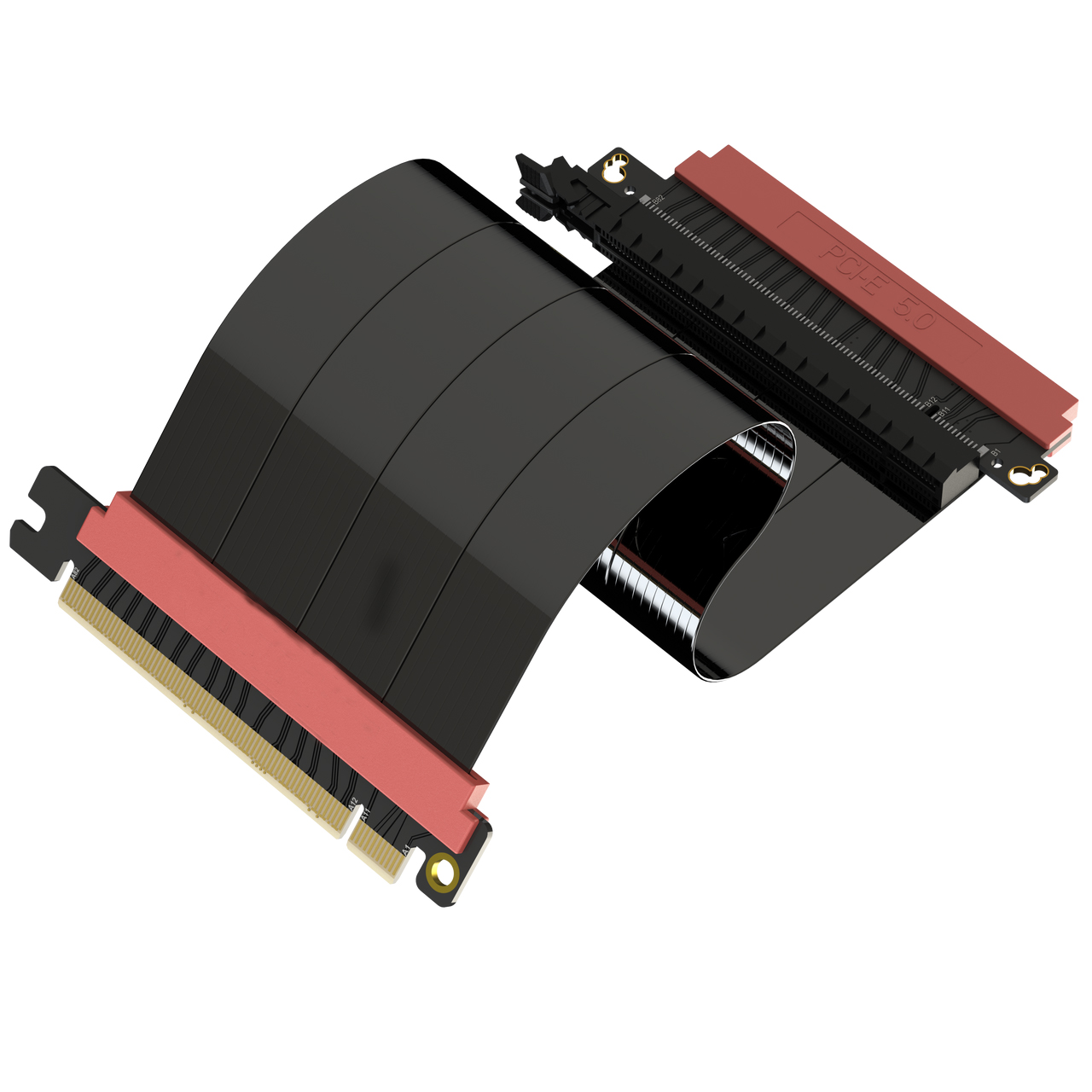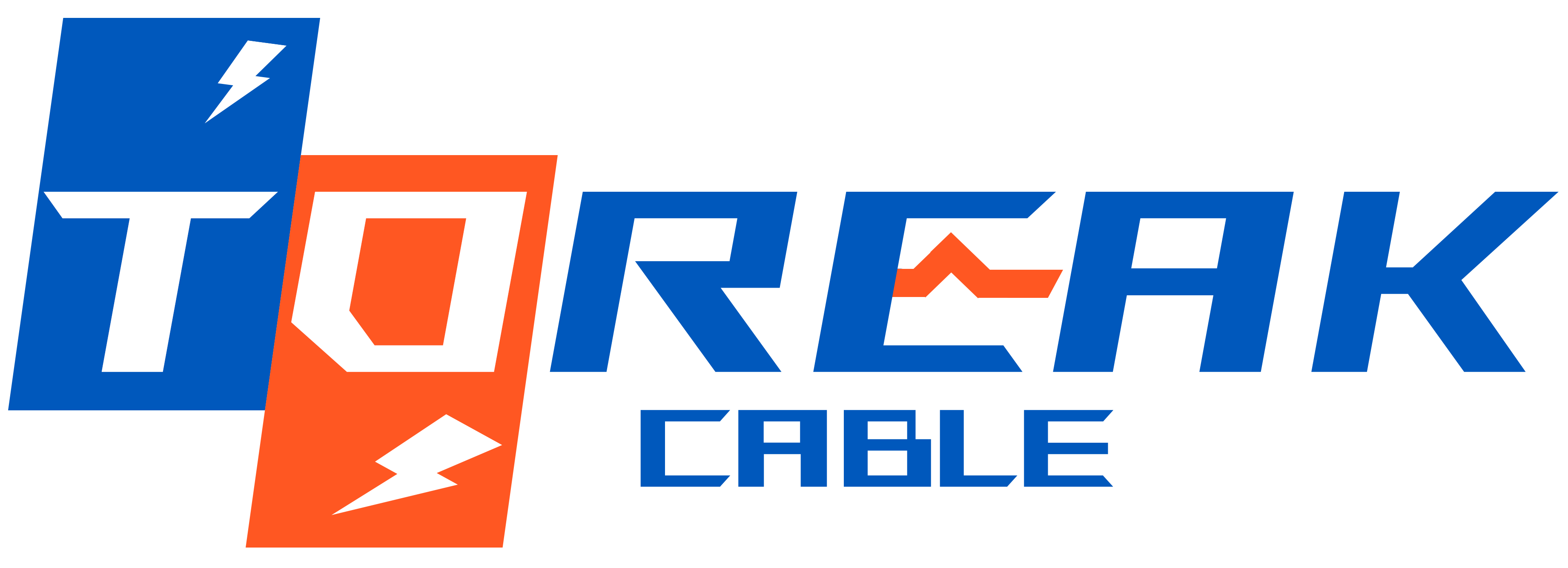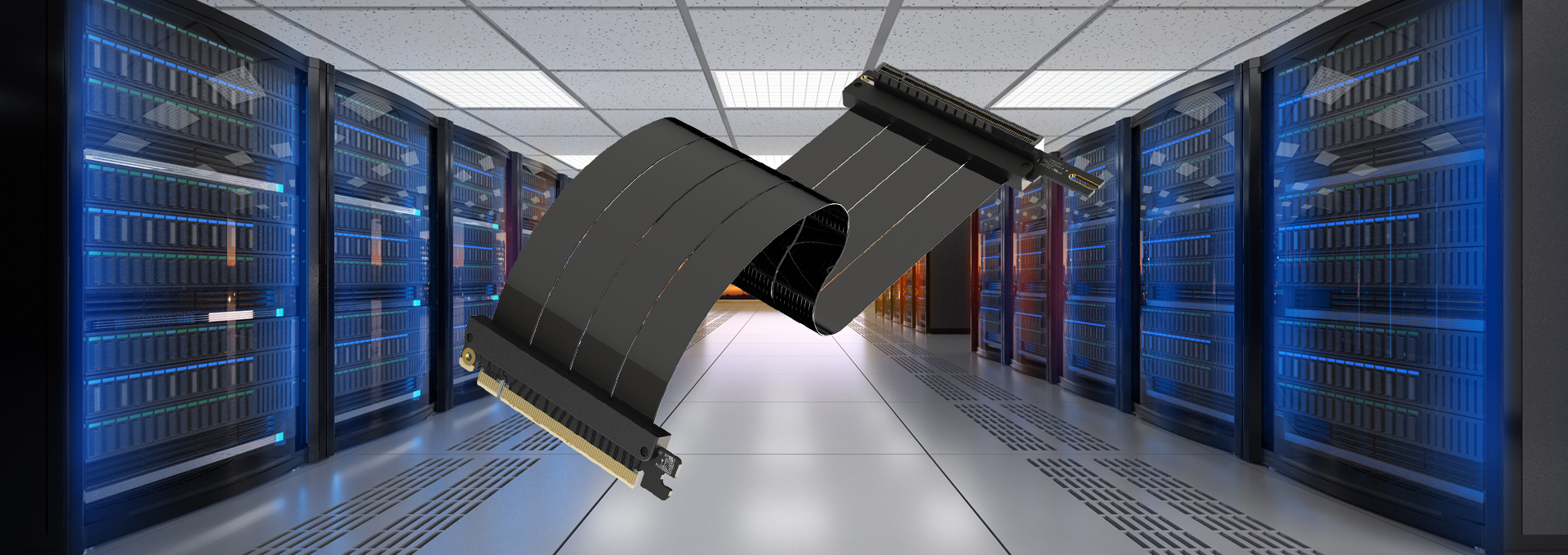
Usage scenarios:
1.High-end gaming computers
2.Miniaturized computer cases
3.Artificial intelligence and deep learning
4.Servers and data centers
Advantages:
1. Ultra-high data transfer rate: The data transfer rate of PCI-E 5.0 Riser Cable is up to 32GT/s,
which is significantly higher than that of PCI-E 4.0 and below. It can meet the huge demand
for data bandwidth of high-speed devices such as the new generation of GPUs, ensure fast
and stable data transmission, reduce data transmission bottlenecks, and give full play to the
performance advantages of high-end hardware.
2.Future compatibility: It has good foresight and compatibility, and can adapt to future
PCI-E 5.0 devices, such as the upcoming more powerful GPUs, etc., which provides convenience
for users' hardware upgrades and protects users' investments. Even if the current device is PCI-E 4.0,
it is backward compatible to ensure the normal operation of the system.
3. Flexible installation methods: The design of various lengths and angles, such as 90-degree
right angles, straight heads and other different types of connectors, and length specifications
ranging from 5cm to 150cm, provide users with more installation options, which can meet the
needs of different chassis structures and equipment layouts, and facilitate users to flexibly match
and adjust according to their actual conditions to achieve a more personalized installation plan.
4. Stability and reliability: The use of high-quality materials and advanced manufacturing processes
has better anti-interference ability and signal integrity, which can effectively reduce the probability
of signal attenuation and data transmission errors, ensure the stability and reliability of the equipment
under long-term and high-load operation, and reduce system failures and performance degradation
caused by cable problems.
5. Improve system performance: By providing higher data transmission bandwidth and more stable
connections, PCI-E 5.0 Riser Cable helps to improve the performance of the entire system, whether
in the frame rate stability, graphics rendering speed in games, or data processing efficiency in professional
applications, it can bring significant improvements, allowing users to perform various complex calculations
and graphics processing tasks more smoothly.

